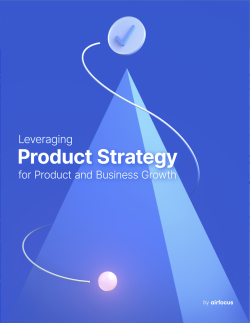
Rapid Application Development (RAD) is an adaptive software development approach where a software prototype is rapidly updated based on user feedback and iteratively delivered until it meets all client requirements.
In the Rapid Application Development model, the software development team and the client (this may be an internal client) work together to define the scope of the project. The client communicates their project goals, expectations, and issues that need to be addressed by the software. The development team evaluates the requirements and finalizes an agreed set of features to be delivered.
Once the requirements are finalized, developers design modularized prototypes that can be repeatedly refined to incorporate customer feedback and change requirements until it meets all client expectations.
During the Rapid Application Development process, development happens rapidly because most of the blockers and issues are usually identified at the design phase and eliminated in advance.


The continuous client engagement with the development team increases customer satisfaction . Hence RAD is known to be a software development model that reduces the risk associated with the software development process and ensures the delivery of high-quality software during a short time.
What is RAD in agile?Rapid Application Development (RAD) is a style of agile development that aims to provide high-quality outcomes quickly.
Contrary to the Waterfall methodology, RAD emphasizes procedures over design. RAD repurposes existing code, models, and tried-and-true procedures to build new software prototypes.
As a result, web applications and software developers may benefit from the Rapid Application Development model's flexibility, adaptability, and time-saving features. The RAD method works well in situations when you need to create new apps within a short time frame.
On the other hand, agile delivery methods address the requirement for more agile client delivery in the IT sector, which helps modernize businesses. The goal is to create dynamic and adaptable projects with a significant shift in managers' and internal team members' cultures and perspectives.
RAD creates processes that are focused on speed and flexibility and combines them with the flexible approach of the agile methodology.
Agile uses a lot of intelligent software to help the development process. In agile, professionals and tools work together with active team engagement to create successful but streamlined products. Customers may receive the bare minimum of features before the project's completion, and they may even receive them in stages or parts.
But what’s the difference between Rapid Application Development and Agile methodology?
In contrast to Agile's emphasis on production time, rapid application development promotes quick prototyping instead of more expensive planning.
While Agile and RAD emphasize the first delivery of software and continue to adapt to new needs even in later stages of development, Agile takes things a step further by outlining its specific processes, working conditions, and principles.
In this way, the RAD technique can be more flexible, stressing the quality of outcomes without imposing any significant rules.
The “Agile methodology” refers to a distinct project management approach with set rules and processes. Although Agile development takes a bit longer, it aims to help teams create great products by giving them a set structure and pre-defined tools.
RAD is a better option when you are working on a project with a short timeframe. This is because RAD is focused on immediate actions and outcomes — perfect for those tight turnarounds.
Agile is different because it places a greater emphasis on the individuals doing the job and how they collaborate. The goal is for multidisciplinary teams to work together to develop solutions while adhering to the best practices for each environment.